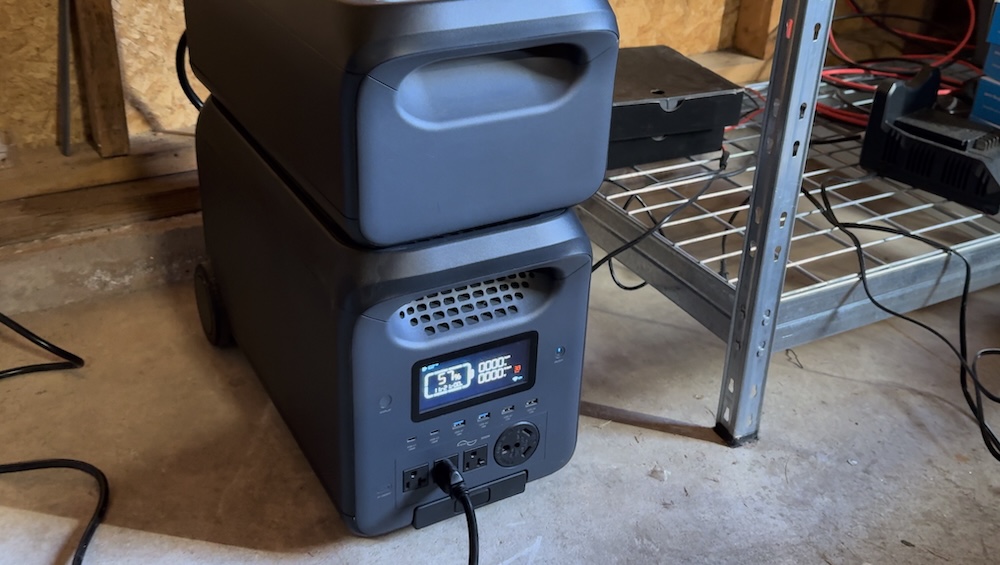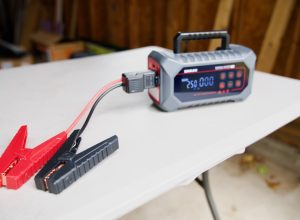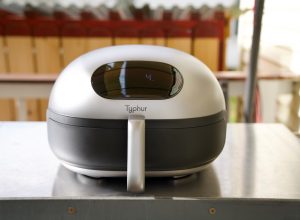Maintaining and using portable power stations in the winter can be challenging, especially for those of us living in regions with cold climates. Here’s what you need to know to keep your power station in optimal condition during the colder months.
Most modern power stations are equipped with LiFePO4 batteries. They can discharge safely in temperatures as low as -20°C (-4°F) and as high as 60°C (140°F). That means you can draw power even when the mercury drops significantly. However, charging is a different story. The charging temperature range for most LiFePO4 batteries is 0°C to 50°C (32°F to 122°F). Charging outside this range can damage the battery or reduce its lifespan.

For instance, the CE-LINK power station I use has a recommended ambient storage temperature range of -20°C to 45°C (-4°F to 113°F). So I have no problem storing it in my uninsulated garage, where temperatures typically range from 20°F to 36°F.

Modern power stations often feature advanced Battery Management Systems (BMS) with cold temperature charging protection. This is a critical safeguard that prevents the battery from charging when it’s too cold. If you attempt to charge the power station below 0°C (32°F), the BMS will block the charging process, ensuring the battery isn’t damaged. This feature works whether you’re using solar panels, wall outlets, or other power sources.
Best Practices for Winter Storage
- Choose the Right Location: Store your power station in a location where temperatures remain within the safe storage range specified by the manufacturer.
- Avoid Charging Below Freezing: Many value power stations doesn’t have protection, so ensure your power station is in an environment above 32°F before attempting to charge.
- Keep It Dry: Protect your power station from moisture and condensation, which can damage the electronics. Use a weatherproof storage container if necessary.
- Monitor Battery Levels: If you’re not using the power station frequently, check its battery level periodically. Most manufacturers recommend storing the unit with a charge level between 50% and 80% to prolong battery health.
Overall, storing power stations during winter is straightforward and safe when you understand the temperature limitations of LiFePO4 batteries.



